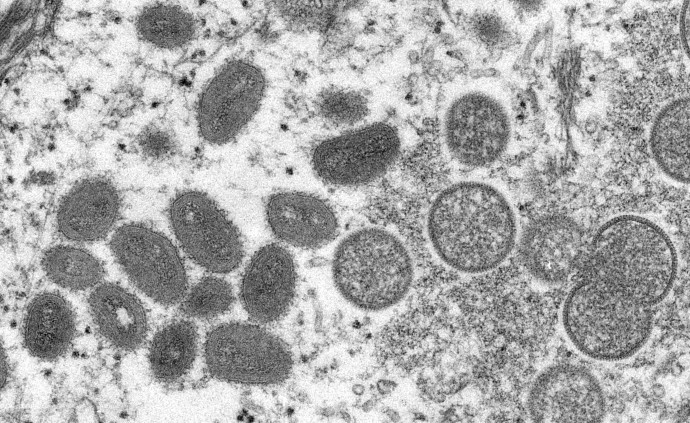A surprising amount of monkeypox cases have been diagnosed in Western Europe and North America in the past few weeks, according to Davidson Institute of Science Education.
The disease was initially identified in Britain and spread out to several other countries in the reigon. Spain, Canada, the United States, Portugal and Sweden have all reported confirmed cases of monkeypox.
Global health organizations, mainly the World Health Organization (WHO), have raised concerns following the wide geographic distribution of monkeypox in regions it was not spreading in prior. The main concern is that the virus will begin circulating in populations outside of its normal area.
Monkeypox is a viral disease which was prevalent mainly in Western and Central Africa, and causes the development of blisters all over the body.
The disease is caused by a virus that originated from monkeys, hence the name, even though they are not its main carriers. In the rare occurrences when the disease was detected in Western countries in the past, its origin could usually be traced back to Africa.

The virus is transmitted via bodily fluids, mostly through saliva, in large droplets emitted into the air. It penetrates through body orifices, mucosal tissues, and wounds — including small cuts and broken skin that we may not even be aware of — according to the Davidson Institute.
The symptoms of the disease are relatively similar to those of smallpox, which was eradicated in the late 1970s. Due to this similarity, there have been cases in the past in which monkeypox was misdiagnosed as smallpox.
Despite the familial and mechanistic resemblance, monkeypox is considered much less lethal than smallpox. Although findings indicate a significant mortality rate of ten percent in Africa, it is from the more virulent variant, its rare occurrence makes it difficult to determine exactly how it would behave in countries with advanced medicine.
The virus attacks cells of the immune system and following an incubation period of a few days, the characteristic blisters appear, along with high fever, chills, headaches and other inflammatory symptoms.
The smallpox vaccine was also effective against other viruses of the same family, according to studies conducted during the last century, meaning it would be effective against monkeypox.
The vaccine itself is actually based on a different virus of the same family, which causes only a mild illness in humans. The vaccine was once given to children all over the world routinely. Since there is no need for it, the vaccine is no longer administered. In Israel, for example, this vaccine was discontinued about twenty years ago, according to Davidson Institute.
The protection provided by the vaccine abates after a few years, rendering unprotected both the vaccinated population and the population born after smallpox eradication.
The UK has already begun vaccinating those who came into contact with monkeypox patients, in an effort to break the chain of infection at the very beginning. The UK has also begun to stockpile vaccines as a precaution, in case of a significant outbreak of the disease.
Currently, there is no real cause for concern. The number of people identified as infected so far is relatively very low, with only a few dozen cases of verified or suspected infection throughout Europe and North America. It is likely that now, with the commencement of active monitoring of the disease, more cases will be discovered.
Close monitoring of the spread of the disease along with efforts to interrupt infection chains, together with maintenance of hygiene, could reduce the risk of the disease spreading. If the need comes there already is a safe and effective vaccine, albeit not free of side effects, which, in the past, was very successfully administered to billions of people.
Many of the patients so far are young adult males, with some having a background of sexual relations with other men. It is possible that the relatively high frequency of the disease in this specific group has to do with the potential transmission of the virus, as it can be transmitted from person to person during intimate or sexual contact, including prolonged skin-to-skin contact and exposure to saliva, according to Davidson Institute.
It is worth waiting for additional findings, especially given that this is a known virus that comes from a family of viruses that has killed millions of people throughout history, but so far has not spread significantly.
